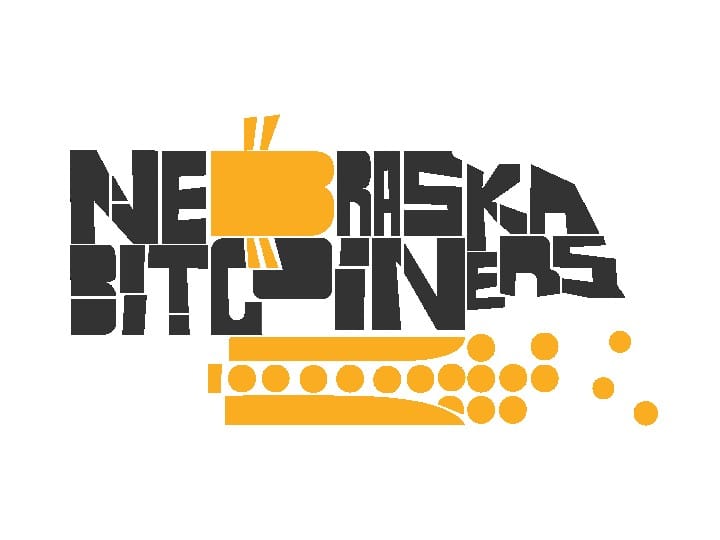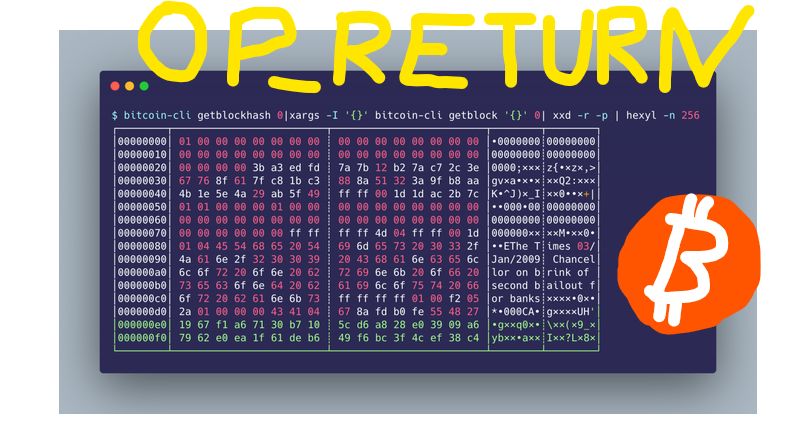OP_RETURN and the Debate Over Bitcoin’s Future
As Bitcoin continues to evolve, so too does the discussion around how it should be used. One of the more heated debates this year is around OP_RETURN—a feature that allows users to embed data into Bitcoin transactions. While it has been limited to 80 bytes since its formalization in 2014, a new proposal seeks to remove that limit, and the community is split.
Let’s unpack what OP_RETURN is, how it works, and why its future matters.
What is OP_RETURN?
OP_RETURN is a script opcode in Bitcoin that lets users attach small amounts of arbitrary data to a transaction. Data stored this way is provably unspendable and doesn’t bloat the UTXO set—making it a “safe” way to write to the blockchain without burdening every node with forever-tracking that data.
Common use cases include:
- Timestamping documents (proof of existence)
- Metadata for asset issuance (e.g. via Counterparty or Omni)
- Linking off-chain data
- NFT and ordinal-type inscriptions
The Current Limit
Bitcoin currently limits OP_RETURN outputs to 80 bytes per transaction, with a default policy of allowing only one per transaction. These limits were introduced to prevent abuse—particularly spam and blockchain bloat.
But today, many data-heavy use cases bypass these limits using Taproot outputs or miner-relayed alternate structures, meaning the limits aren’t as effective as once thought.
The New Proposal
Bitcoin Core developer Peter Todd has submitted Pull Request #32359, which removes the policy limit on the size and number of OP_RETURN outputs.
“The recent pull request to bitcoin core made by Peter Todd... removes the code to enforce a policy limit on the size and number of OP_RETURN outputs.”
— @OrangeSurfBTC
Arguments For Removing the Limit
- Limits Are Easy to Bypass
Users can already store large data with other mechanisms. Removing the artificial 80-byte rule just simplifies the policy. - No UTXO Bloat
Since OP_RETURN data is unspendable, it doesn’t add to the growing list of UTXOs each node must store. - Encourages Cleaner Use
Lifting the restriction could steer users away from hacks that store data in unintended or harmful ways. - Better for Sidechains and Interoperability
Cross-chain systems could use this channel to pass state or event data.
“Removing the limit could facilitate applications like sidechains and cross-chain bridges...”
— BeInCrypto
Arguments Against Removing the Limit
- Bitcoin is for Money, Not Storage
Critics argue this opens the door to Bitcoin being used like a data dumpster—compromising its monetary role.
“Bitcoin Core developers are about to merge a change that turns Bitcoin into a worthless altcoin…”
— @wk057 (Jason Hughes)
- Spam and Legal Risks
More data could mean more costs for full nodes. And what happens if someone stores copyrighted or illegal data? - Slippery Slope Toward Bloat
Bigger blocks, heavier data loads, and more competition for block space—does this break Bitcoin’s minimalist ethos?
“If the lunatics over at the Bitcoin dev station remove the OP_RETURN limit... there will be blood in the streets.”
— @dsmart (Derek Smart)
Echoes of the Block Size Wars
The emotional and philosophical tones of the debate are reminiscent of the 2015–2017 block size wars.
“The Bitcoin block size wars are back! There’s a new debate over OP_RETURN data limits...”
— @TheDesertLynx (Joel Valenzuela)
Even Charles Hoskinson, founder of Cardano, chimed in with a GIF suggesting Bitcoiners are repeating history:
@IOHK_Charles tweet
Where Do We Go From Here?
No consensus has been reached yet. But as Nebraskans who care about privacy, financial sovereignty, and decentralized systems, it’s worth asking:
- Should Bitcoin accommodate broader use cases if it can do so safely?
- Or should it remain narrowly focused to reduce complexity and maximize durability?
“A debate over Bitcoin’s op_return function is deepening divides in the $BTC developer community...”
— @CoinDesk
Get Involved
Want to voice your opinion? Join our next Nebraska Bitcoiners meetup to discuss this and other major developments.
Resources:
THE FILTER FREAKOUT MASTER THREAD 🧵
— cbspears ◉ (@cbspears) April 29, 2025
How it started again, notable freakouts, and important context.
I will be documenting BANGER TWEETS and LEGENDARY CRASHOUTS. pic.twitter.com/8ealDSBOCE


